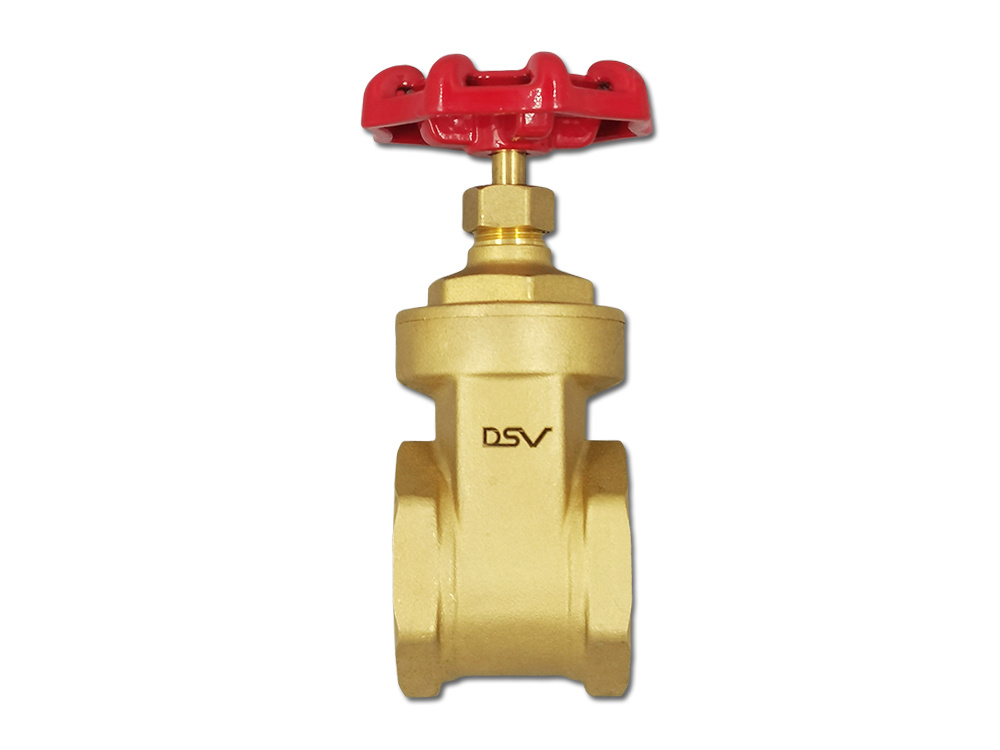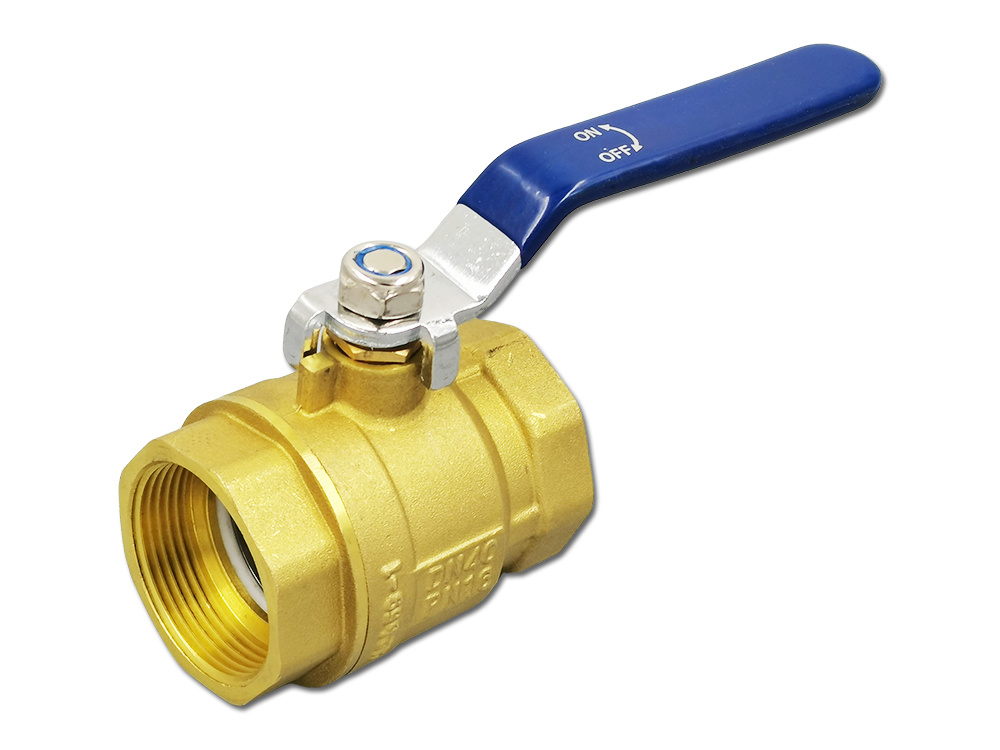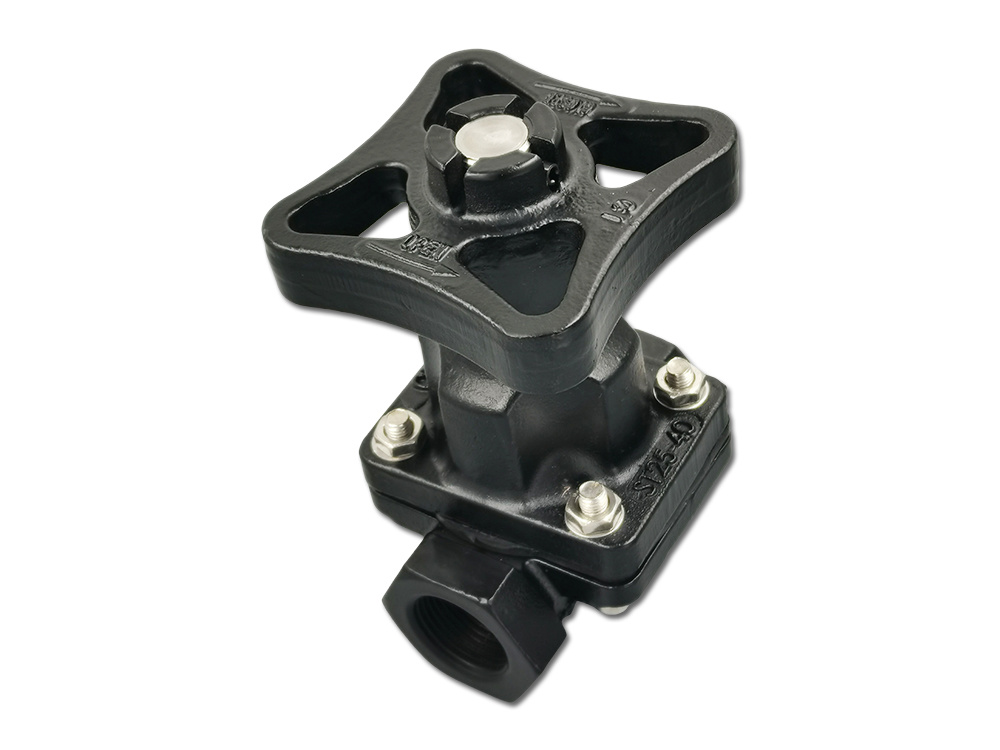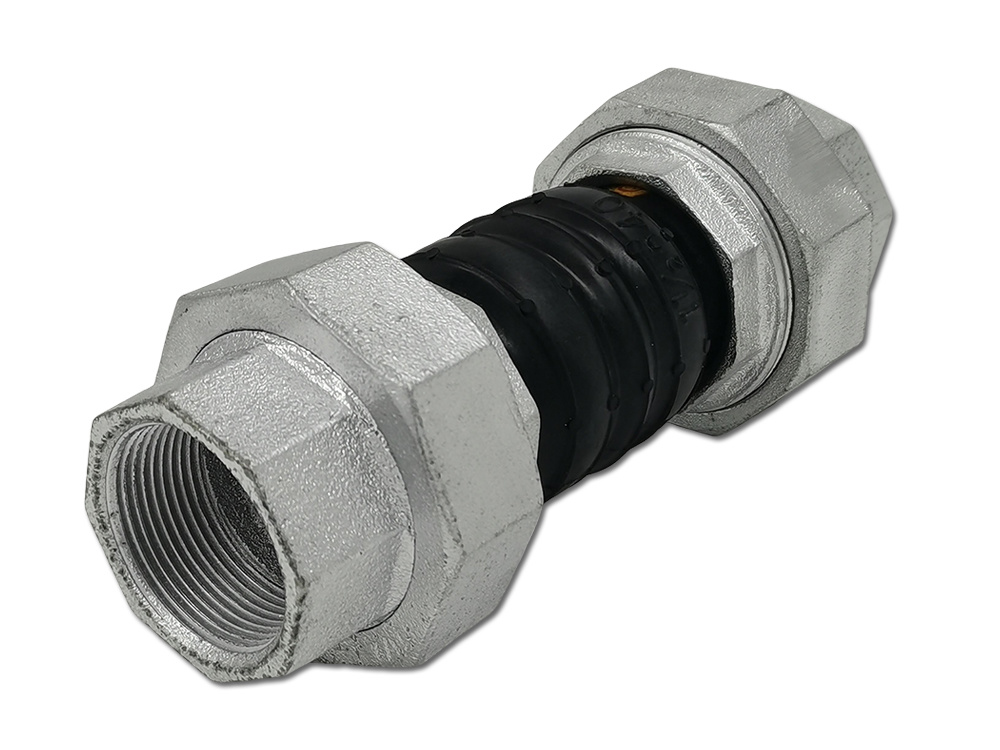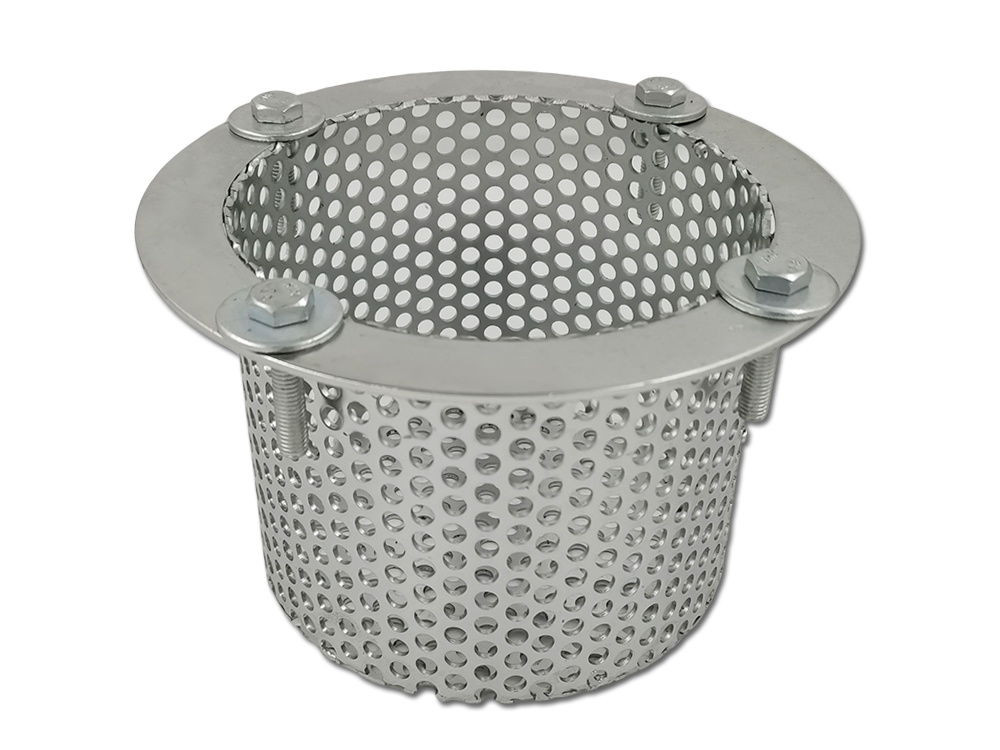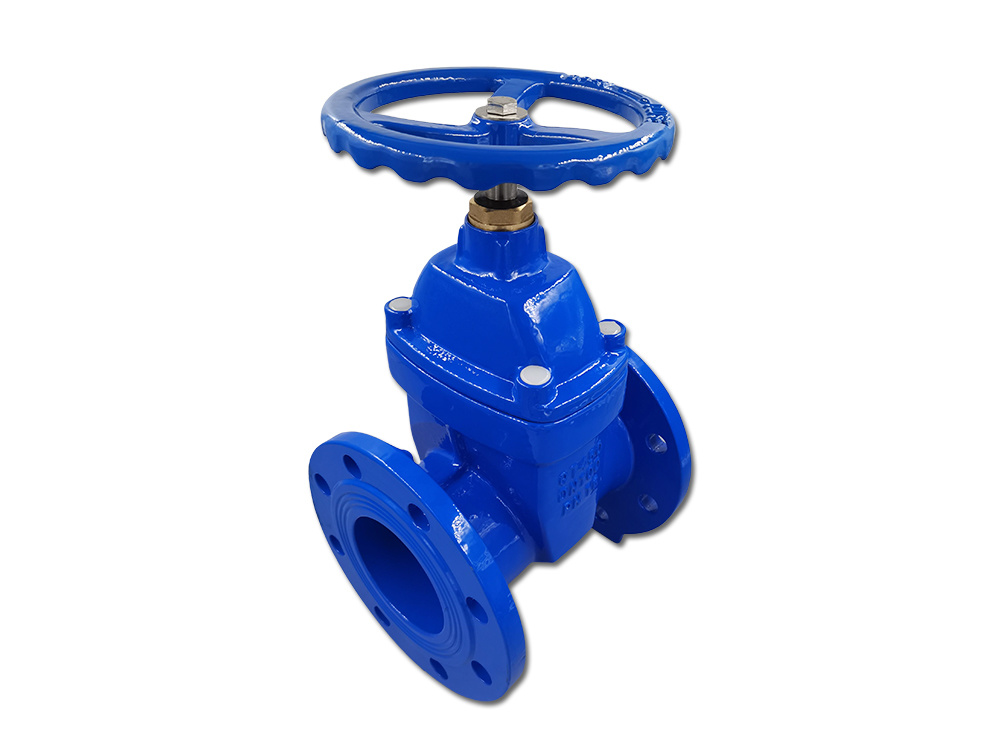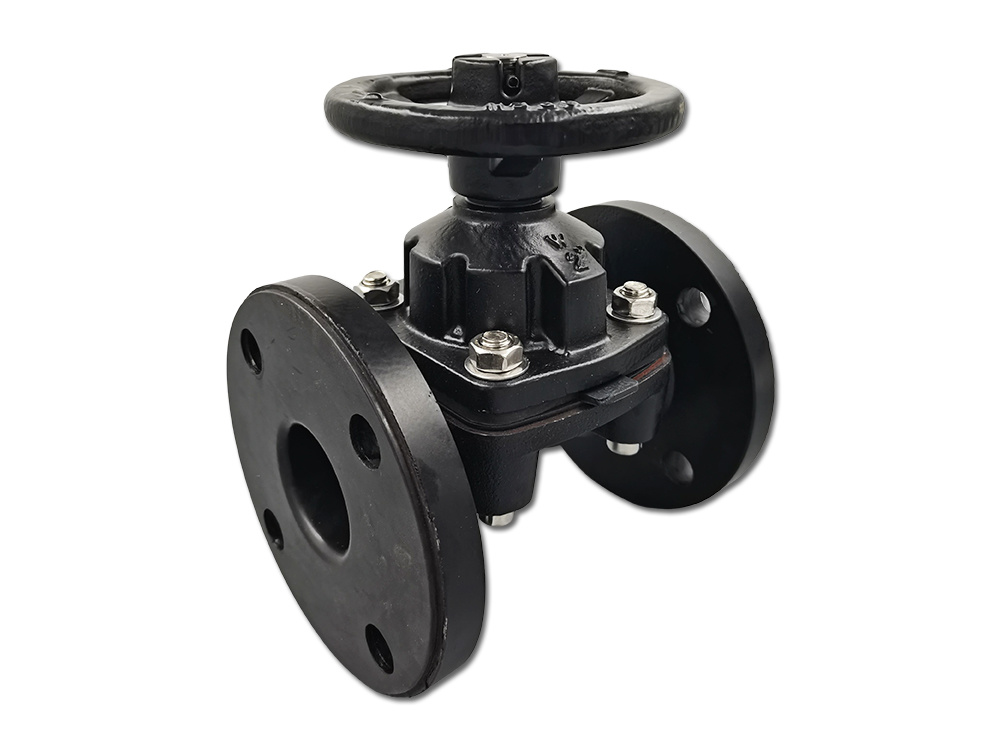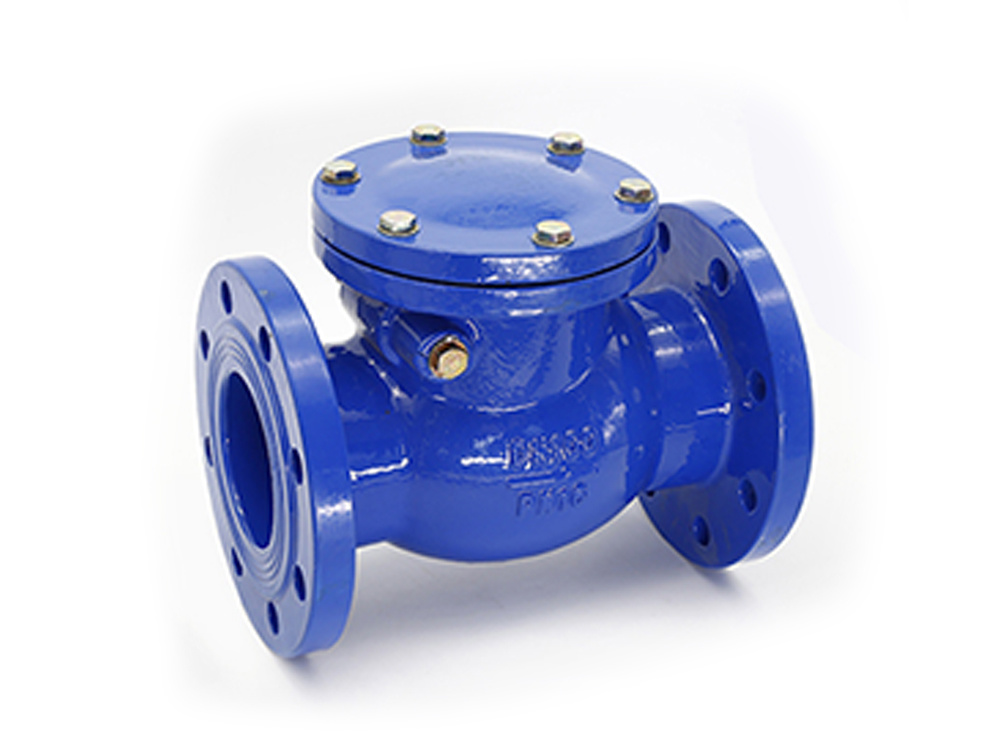


Product Details
1. Working Pressure:
DN50-DN125: 1.0Mpa
DN150-DN200: 0.6Mpa
DN250-DN300: 0.4MPa
2. Working Temperature:
NR: -20℃〜+ 60℃
3. Face-to-face: EN588-1
4. Flange Standard: EN1092 BS4504 etc.
5. Test: DIN3202 API598
6. Medium: Cement, clay, coal slag, granular fertilizer and other solid fluids, fresh water, seawater, inorganic acids and alkaline liquids, etc.
Working Principle and Composition
The diaphragm valve uses a valve body with a corrosion-resistant lining and a corrosion-resistant diaphragm to replace the valve core assembly, using the movement of the diaphragm to regulate. The valve body material of the diaphragm valve is cast iron, cast steel, or cast stainless steel, and is lined with various corrosion-resistant or wear-resistant materials, diaphragm materials such as rubber and polytetrafluoroethylene. The lined diaphragm has strong corrosion resistance and is suitable for regulating strongly corrosive media such as strong acids and strong alkalis. The diaphragm valve has a simple structure, small fluid resistance, and a larger flow capacity than other types of valves of the same specification; it is leak-proof and can be used to regulate high-viscosity and suspended particle media. The diaphragm isolates the medium from the upper chamber of the valve stem, so there is no packing and the medium will not leak. However, due to the limitations of the diaphragm and lining materials, the pressure resistance and temperature resistance are poor, and it is generally only suitable for 1.6MPa nominal pressure and below 150℃. The flow characteristics of the diaphragm valve are close to the quick-opening characteristics, which is approximately linear before 60% of the stroke, and the flow change is not large after 60%. The pneumatic diaphragm valve can also be equipped with feedback signals, limiters, and positioners to meet the needs of automatic control, program control, or flow regulation. The feedback signal of the pneumatic diaphragm valve adopts contactless sensing technology. This product uses a thin-film type propulsion cylinder to replace the piston cylinder, eliminating the disadvantages of easy damage to the piston ring, causing leakage and thus inability to push the valve to open and close. When the air source fails, the hand wheel can still be operated to open and close the valve.
Sealing Principle of Diaphragm Valve
The sealing principle of the diaphragm valve is that the downward movement of the operating mechanism presses down the diaphragm or diaphragm assembly to seal with the weir-type lined valve body or the passage of the straight-through lined valve body, so as to achieve sealing. The size of the sealing pressure is achieved by the downward pressure of the closing member. Because the valve body can be lined with various soft materials, such as rubber or polytetrafluoroethylene; the diaphragm is also made of soft materials, such as rubber or synthetic rubber-lined polytetrafluoroethylene, so a small sealing force can achieve complete sealing.
The diaphragm valve has only three main components: the valve body, the diaphragm, and the valve cover assembly. The diaphragm separates the lower valve body cavity from the upper valve cover cavity, so that the valve stem, valve stem nut, valve flap, pneumatic control mechanism, electric control mechanism, etc., located above the diaphragm do not contact the medium, and will not cause medium leakage, eliminating the sealing structure of the packing gland.
Applicable Occasions for Diaphragm Valves
A diaphragm valve is a special type of shut-off valve whose closing member is a diaphragm made of a soft material that separates the valve body cavity from the valve cover cavity. Due to the limitations of the valve body lining process and diaphragm manufacturing process, larger valve body linings and larger diaphragm manufacturing processes are difficult, so diaphragm valves are not suitable for larger pipe diameters and are generally used in pipelines ≤DN200. Due to the limitations of the diaphragm material, diaphragm valves are suitable for low-pressure and low-temperature occasions. Generally, it should not exceed 180℃. Because diaphragm valves have good corrosion resistance, they are generally used in devices and pipelines with corrosive media. The applicable temperature and medium of the diaphragm valve are limited by the lining material and diaphragm material of the diaphragm valve body.
Characteristics of Diaphragm Valves
(1) Low fluid resistance.
(2) Can be used for media containing hard suspended solids; because the medium only contacts the valve body and diaphragm, there is no packing gland, there is no packing gland leakage problem, and there is no possibility of corrosion on the valve stem part.
(3) Suitable for corrosive, viscous, and slurry media.
(4) Cannot be used in high-pressure situations.
keyword:Straight through KB type diaphragm valve



Straight through KB type diaphragm valve
Classification:


